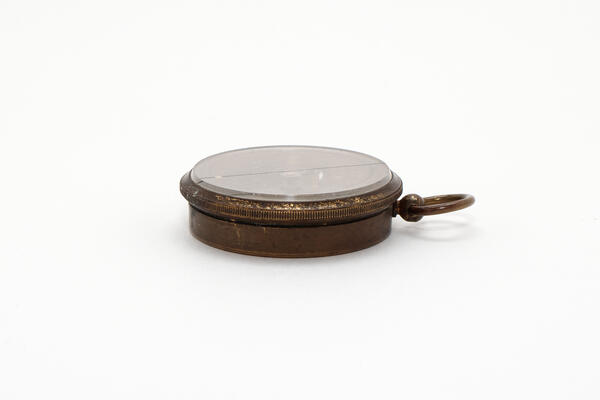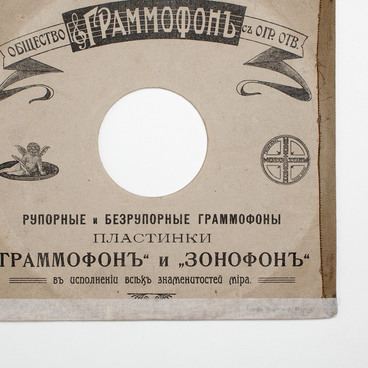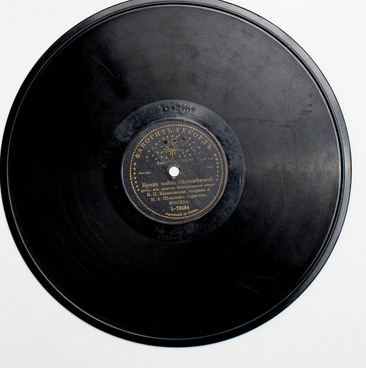The exhibition of the Valerian Albanov Museum of Polar Explorers presents a compass by the “A.J. KROGH Christiania Norvege” company. During the First World War, the company supplied compasses for officers of the Russian army and navy. The case of the pocket compass consists of a box and a thick glass lid tightly pressed against it by a copper ring. The top of the ring features divisions from 0° to 360° spread clockwise from the North. Two black copper wires are stretched inside the case, with one pointing exactly at 0°, and the other at 180°. These wires are called an orienting arrow.
The magnetic needle — the ancestor of the modern compass — appeared about 3,000 years ago. There is still debate in the scientific community on who was the first to note the natural properties of the magnet. It could have been the Phoenicians, or the Chinese, who first noticed how the magnet stops in the plane of the magnetic meridian. According to other versions, it was Arabs, Normans or even ancient Maya, because a magnetic rod was found in Ecuador, which could be considered a prototype of the magnetic needle.
In Europe, the compass appeared after the 10th century which coincided with the beginning of the era of Great Geographical Discoveries. The 13th century saw the appearance of a compass made up of a dry pot, a magnetic needle and a compass card, with four cardinal directions: North, East, South and West — with North exactly matching the northern end of the needle. The spaces between the main points were divided into several equal parts.
In 17th-century Russia, the peoples from the north were most skilled at making compasses. For example, the Pomory made ones of walrus bone fashioned into a circular box of 4–5 centimeters in diameter, which they kept in a leather pouch on their waist. Such a box featured a magnetic needle mounted on a bone stud in the center, with the compass card with metal needles attached from below. If the “metka” — as the Pomory called the compass — was not used at the moment, it was covered with a blind lid.
The Naval Charter of Peter I featured a passage about this kind of compass:





